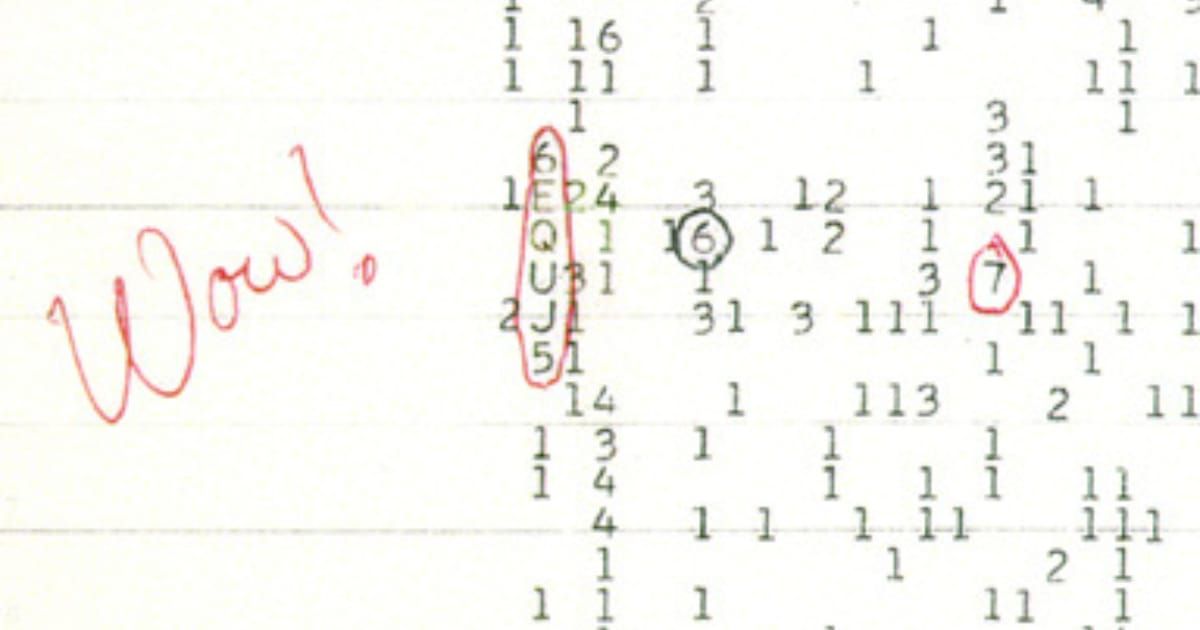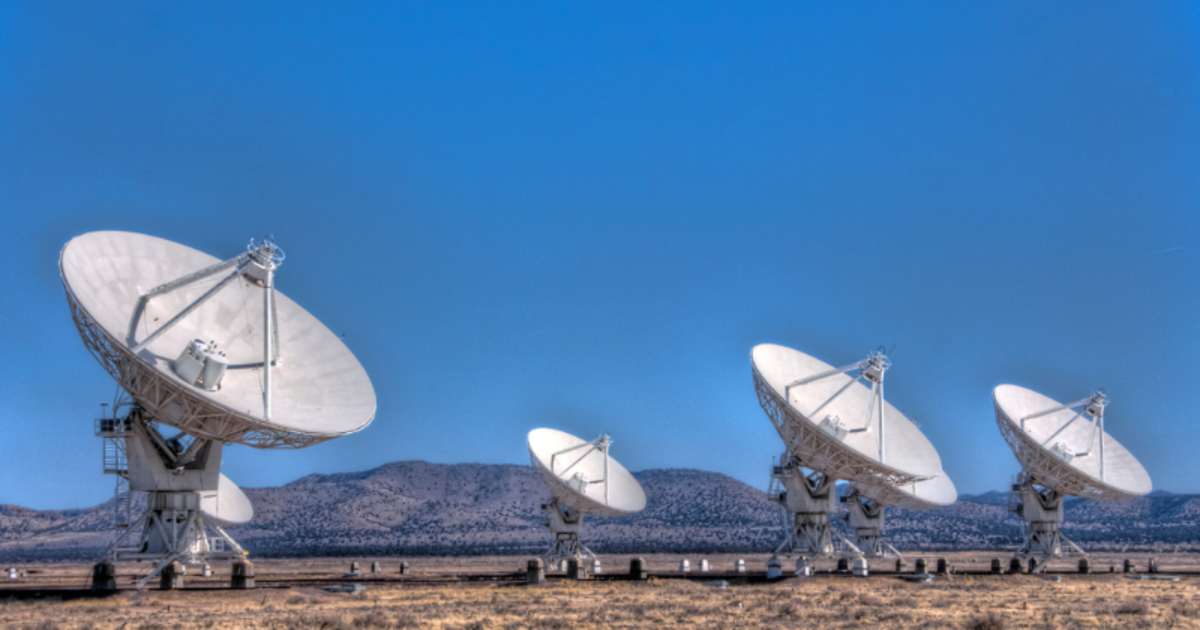Astronomers took another look at the 'Wow!' signal and discovered it was even stronger than previously thought

Since its discovery in 1977, the “Wow!” signal has stayed in the minds of SETI supporters as one of the most mysterious radio signals ever found. A new paper, coauthored with volunteers, provides corrections and new insights into where it came from. The paper is published on the arXiv preprint server. In 1977, limited computer technology made it hard to interpret the data, but researchers have now revisited decades of unpublished observations. This has led to the most detailed analysis of the mysterious signal so far and revealed new clues about its origin.

Using modern computing technology, the volunteers processed over 75,000 pages of original data with an optical character recognition routine, with help from human validators, as noted by Phys.Org. For the first time, researchers ran a detailed computer analysis on the original signal, which led to small but important revisions. They found that three key characteristics had changed. The possible source region in the sky was narrowed with two-thirds greater certainty. The frequency also shifted slightly from 1420.4556 MHz to 1420.726 MHz. While subtle, this change suggests the source would need to spin much faster to produce such a difference.
Today, August 15, 2025, marks the 48th anniversary of the Wow! Signal, and our Arecibo Wow! team has just revised its properties — they’re not exactly what we once thought. (1/n) https://t.co/behOMndOcq #AreciboWow #WowSignal #Astrophysics #SETI pic.twitter.com/h8hJ7VsL8N
— Prof. Abel Méndez 🔭 🔬 (@ProfAbelMendez) August 15, 2025
Perhaps the most interesting update to the signal was a new estimate of its flux density, or strength, the study pointed out. In radio astronomy, the signal’s strength is now measured at about 250 Janskys, which is a unit that describes the intensity of radio waves. Earlier estimates suggested it was between 54 and 212, meaning the signal was stronger than initially thought. A small timing error of 21 seconds was also discovered, but it didn’t significantly affect the result. However, they do impact astronomers' understanding of it. The biggest update came from correcting a mislabeled channel in the filter system. This change led to a more precise frequency measurement of the signal.

A new study led by @ProfAbelMendez may have finally solved the mystery of the 1977 "Wow! Signal," a mysterious radio signal that some speculated could be evidence of extraterrestrial life.
— Erika (@ExploreCosmos_) August 21, 2024
The research team analyzed data from the @NAICobservatory and found signals similar to… pic.twitter.com/XQ86OYntp4
Ultimately, the signal remains as puzzling as ever, though the paper attempted to clarify some possible sources as claimed by Phys.Org. The study excluded any man-made sources and it noted that there were no TV stations or satellites in the area at the time. Instead, it suggests a possible natural astrophysical origin. This makes radio interference a less likely explanation for the Wow! Signal. The sun wasn't very active in 1977, which lowered the chances that solar phenomena caused by the signal. According to the researchers, an internal software error is also unlikely and the signal displayed a natural-looking pattern.
This suggests that the signal likely comes from an astronomical source, but isn't likely to be extraterrestrial. The most likely cause is a hydrogen cloud in space, researchers noted. It can produce signals that are similar to the "Wow!" signal, but never as strong as the one detected in 1977. While the SETI community continues to wonder about the origins of their most famous signal, it is reassuring that even after nearly five decades, scientists can still find, refine, and draw new conclusions from the data. With these updates and growing knowledge, the signal may still offer more surprises in the future, the researchers concluded.









